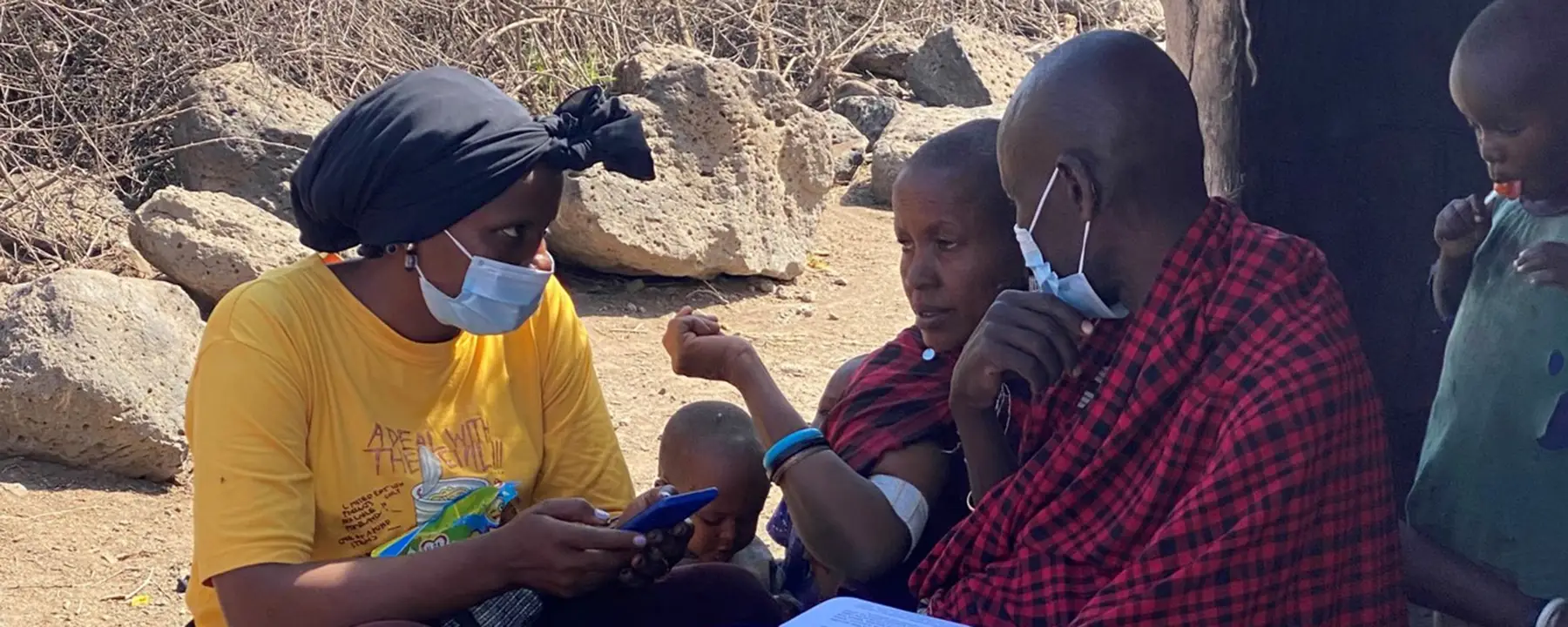Globally, more than 1 billion people suffer from one or more neglected tropical diseases (NTDs). A group of parasitic and bacterial diseases, NTDs cause severe disability among the world's poorest people. These ailments can lead to disfigurement, social isolation, economic hardship, and even death.
Since 2006, RTI has led NTD programs and worked with partners to reach over 65 countries with training, technical support, and resources to improve the impact and effectiveness of NTD services. In 2018, RTI committed $3 million of its own funding to accelerate research and develop innovations to eliminate NTDs.
Improving Health Care for Mobile and Migrant Populations
Mobile and migrant populations (MMPs) are historically underserved by health and development services as they are often hard to survey and reach with treatment. Our literature review on campaigns targeting MMPs across a selection of elimination diseases confirmed that lower service delivery to these populations results in higher disease prevalence.
For example, one possible explanation for the persistent and recrudescent active trachoma observed in districts of northern Tanzania is that the nomadic pastoralist Maasai population is not being reached by disease control activities. To address this, the Ministry of Health and USAID’s Act to End NTDs | East program, led by RTI, implemented more frequent than annual MDA and jointly coordinated cross-border MDA with the Kenyan Ministry of Health and Sightsavers.
Using Advanced Diagnostics and AI to Monitor Trachoma and Disease Coverage
To understand the relationship between trachoma biomarkers over time and differences between areas receiving more frequent than annual and annual MDA, we conducted a sentinel site monitoring activity including using enhanced diagnostics to measure prevalence of ocular Chlamydia trachomatis infection and serology to measure the force of infection. Also, during trachoma MDA, we piloted the use of a text message reporting system for monitoring MDA coverage in near real-time.
Finally, thanks to an additional award from the Task Force for Global Health and in collaboration with a team in the Department of Electrical Engineering and Computer Science at the University of Missouri, we applied artificial intelligence to satellite imagery to rapidly map Maasai encampments and settlements for an integrated population-based survey of NTDs and enteric and zoonotic infections.
This important research funded and conducted by RTI with partners is applicable not just to NTDs but also to other human and veterinary health conditions. Ensuring services are accessible to must-reach populations around the world is an essential way that RTI fulfills its mission of improving the human condition.

